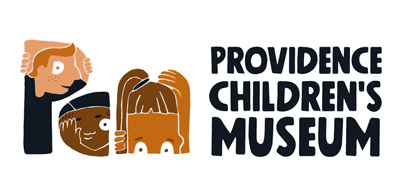For Educators
We are the champions of play.
Play isn’t killing time. It’s creating character.
Everything we want from our children is already in them. And play is how they unlock it.
The Harlem Renaissance: Individualism and Community Pride
Introduce students to the cultural and artistic movement, the Harlem Renaissance.
Unsung: Using AR to Better Understand the Harlem Renaissance
Using AR technology, students will deepen their understanding of the Harlem Renaissance.
Balloons Over Broadway
Based on the text, Balloons Over Broadway, students will attempt to solve Tony Sarg’s problem of how to make the balloons for the Macy’s Day Parade move down the streets of New York City at a height that crowds who are not close to the street can see them.
Building a Bridge
Students will use information learned about the properties of solids and apply that to building a bridge for a toy car.
Building a Structure
In this lesson, students will learn the steps behind building a building.
Sphere Interactions
Students will learn about the biosphere, geosphere, hydrosphere, and atmosphere, and how they work together to support life on Earth.
Monuments
This history lesson will prepare students to think critically about how history is memorialized in the United States, specifically through monuments/statues.
Water Around the Planet
In this lesson, students will begin to think about Earth’s water.
Functions and Structures of Plants and Animals
This lesson plan focuses on teaching students about the functions and structures of plants and animals using augmented reality technology.
The Human Body
This lesson introduces the concept of what our bodies need to survive.

